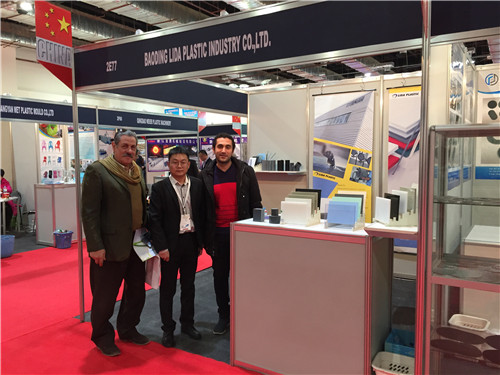Oct . 12, 2024 23:09 Back to list
High-Density Polyethylene Duct Pipe Applications and Benefits for Efficient Infrastructure Solutions
The Versatility and Benefits of HDPE Duct Pipe
High-Density Polyethylene (HDPE) duct pipes are widely recognized for their durability, flexibility, and long-lasting characteristics. As an advanced plastic piping solution, HDPE duct pipes serve various applications across multiple industries, including telecommunications, electrical utilities, and water management systems. This article explores the key features and benefits of HDPE duct pipes, highlighting why they have become a preferred choice for many infrastructure projects.
Understanding HDPE Duct Pipes
HDPE is made from petroleum, and its production involves polymerizing ethylene under high temperatures and pressures. The result is a high-strength material that exhibits excellent resistance to environmental stressors, such as corrosion, moisture, and chemicals. HDPE duct pipes are manufactured using a process called extrusion, which allows for uniform pipe thickness and diameter, offering reliable and consistent quality throughout.
The primary application of HDPE duct pipes is to protect and house various types of cables, including telecommunications and power lines. With the increasing reliance on technology and the necessity for robust infrastructure, the demand for HDPE duct pipes has significantly surged over recent years.
Key Benefits of HDPE Duct Pipes
1. Durability and Longevity One of the most significant advantages of HDPE duct pipes is their impressive durability. They are resistant to environmental factors like UV radiation, corrosion, and abrasion, ensuring that they can withstand harsh conditions without deteriorating. This longevity translates into lower maintenance costs and reduced need for replacements, making them a cost-effective solution in the long run.
2. Flexibility and Lightweight HDPE duct pipes are known for their flexibility, allowing for easy installation and manipulation in various environments. Their lightweight nature means reduced transportation costs and simplified handling during installation. This flexibility is particularly beneficial in areas where traditional materials might struggle to adapt to changing soil conditions.
hdpe duct pipe

3. Reduced Friction Loss The smooth interior surface of HDPE duct pipes minimizes friction loss, which is essential for maintaining the efficiency of the systems they support. When used for conduit applications, this feature ensures that data and power transmission is optimized, leading to better performance and reliability of services.
4. Environmental Benefits HDPE is a recyclable material, contributing to sustainability efforts. By using HDPE duct pipes, contractors and companies can help reduce environmental impact as these pipes can potentially be reused or recycled at the end of their life cycle. Furthermore, the manufacturing process for HDPE pipes is energy-efficient, leading to a smaller carbon footprint compared to traditional piping materials.
5. Resistance to Impact and Chemical Damage HDPE duct pipes are designed to absorb impacts effectively, making them ideal for environments subject to external forces. Additionally, their resistance to a wide range of chemicals means they can be used in diverse situations without fear of degradation from chemical exposure.
6. Cost-Effectiveness In the competitive market of construction and infrastructure, cost plays a vital role in project selection. HDPE duct pipes, with their combination of low material costs, reduced labor expenses, and minimal maintenance needs, prove to be a cost-effective alternative to traditional piping solutions like metal or concrete.
Conclusion
The use of HDPE duct pipes continues to grow as industries seek reliable, efficient, and sustainable solutions for their piping needs. With unparalleled durability, flexibility, and environmental benefits, HDPE duct pipes stand out as an excellent choice for anyone involved in construction or infrastructure development. As technology advances and infrastructure demands increase, the adaptability and efficiency of HDPE duct pipes will likely secure their place in future projects.
In summary, choosing HDPE duct pipes is not only a strategic decision for immediate project needs but also a forward-thinking choice that contributes to long-term performance, sustainability, and cost savings in various applications.
-
Premium PVC Soft Sheets: Clear, Flexible & Durable
NewsAug.12,2025
-
Premium PVC Round Rods: Durable, Chemical Resistant, Easy to Machine
NewsAug.11,2025
-
PP U-channel: Chemical-Resistant, Lightweight & Durable
NewsAug.10,2025
-
Transparent PVC Pipe: Clear Flexible Tubing for Fluids
NewsAug.09,2025
-
Durable PP Rigid Sheet: Versatile & High-Quality Plastic Panels
NewsAug.08,2025
-
Premium Glossy PP Rigid Sheet – Durable & Versatile
NewsAug.07,2025

